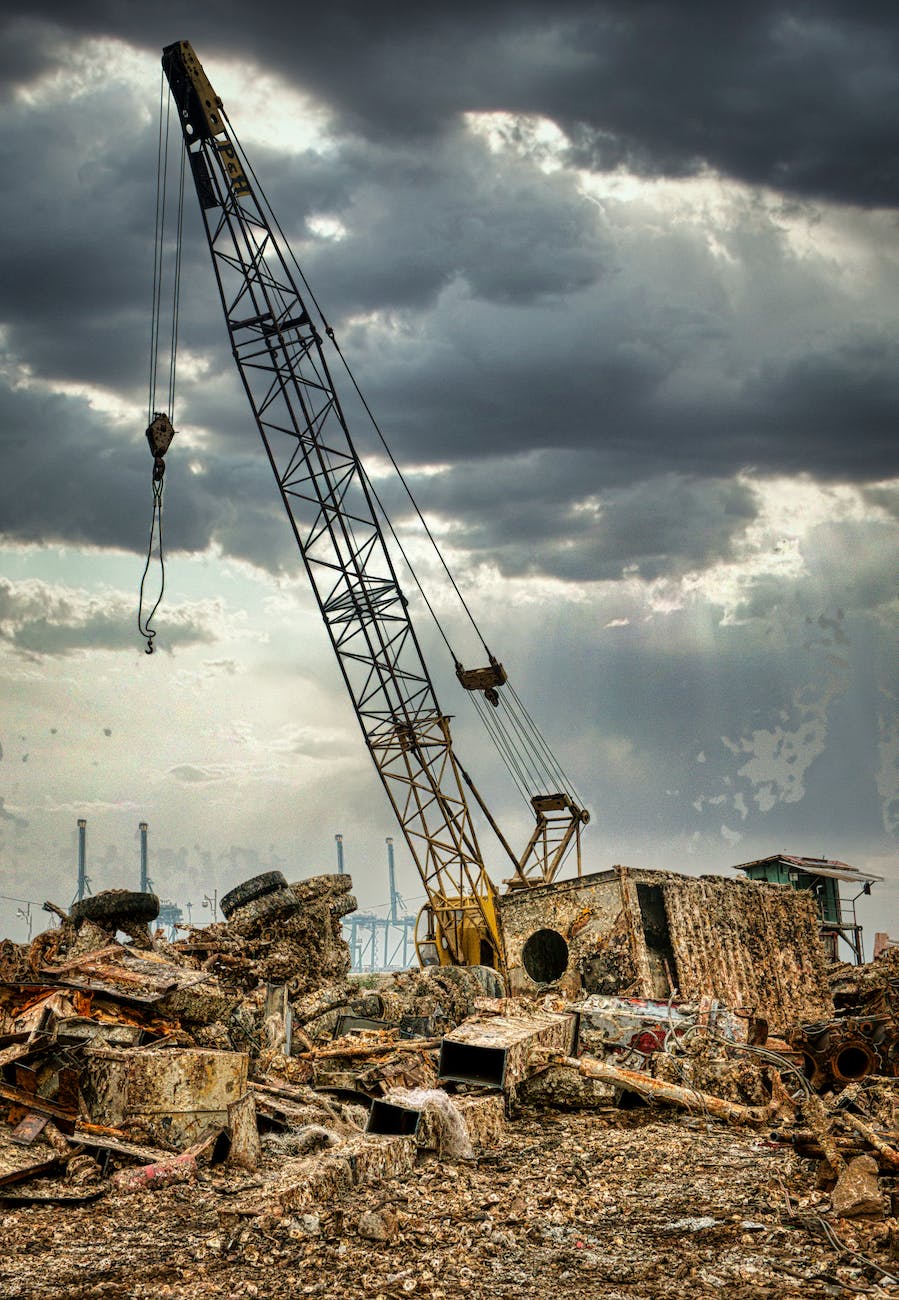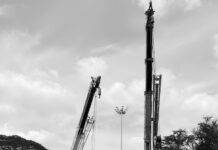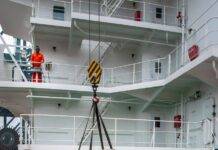
Types of Web Belt Slings
Types of Web Belt Slings : In the world of construction, safety and efficiency are paramount. The tools and equipment used on construction sites play a crucial role in achieving these goals. One such essential tool that often goes unnoticed but plays a vital role in lifting heavy loads is the web belt sling. In this article, we’ll delve into the world of web belt slings, their types, materials, usage, advantages, and much more.
The Importance of Rigging Equipment in Construction
Before we dive into the specifics of web belt slings, it’s important to understand the significance of rigging equipment in the construction industry. Rigging equipment is designed to securely attach and support heavy loads during construction, ensuring both the safety of the workers and the integrity of the materials being lifted. Web belt slings are an integral part of this equipment.
Types of Web Belt Slings
Web belt slings come in various types, each designed for specific lifting needs. The most common types include:
Endless Web Belt Slings
Endless web belt slings are versatile and can be used in choker, basket, or vertical hitches. They offer flexibility when it comes to lifting loads of different shapes and sizes.
Eye and Eye Web Belt Slings
These slings have loops or “eyes” on both ends, allowing for easy adjustment and attachment. They are suitable for various lifting applications.
Triangle and Choker Web Belt Slings
Triangle and choker web belt slings are ideal for lifting cylindrical loads and offer a secure grip due to their unique design.
Material Used in Web Belt Slings
Web belt slings are typically made from materials like polyester, nylon, or polypropylene. These materials are chosen for their strength, durability, and resistance to abrasion.
Load Capacity and Safety Factor
Understanding the load capacity and safety factor of web belt slings is crucial. The load capacity is the maximum weight the sling can safely lift, and the safety factor is the ratio that ensures a margin of safety in the lifting process.
Proper Usage and Inspection
To ensure the safe use of web belt slings, it’s essential to follow proper guidelines for their usage and conduct regular inspections to identify any signs of wear or damage.
Advantages of Web Belt Slings
Web belt slings offer several advantages, including their flexibility, lightweight design, and ease of storage. They are also resistant to chemicals and UV radiation.
Common Applications in Construction
Web belt slings find use in a wide range of applications in construction, including hoisting steel beams, concrete blocks, and other heavy materials. Their adaptability makes them indispensable in various scenarios.
Maintenance and Care
Proper maintenance and care of web belt slings are essential for their longevity and safety. This includes storing them in a dry place, avoiding exposure to sunlight, and regular inspections.
Conclusion
In conclusion, web belt slings are a fundamental part of rigging equipment on construction sites. Their adaptability, strength, and safety features make them an indispensable tool for lifting heavy loads. By understanding their types, materials, usage, and maintenance, construction professionals can ensure safe and efficient lifting operations.
Types of Crane in Construction
Crane Lifting Safety Toolbox Talk Meeting
How To Become a Crane Operator
How To Become a Lifting Supervisor
FAQs
- What are the primary materials used in manufacturing web belt slings?
- Web belt slings are commonly made from materials such as polyester, nylon, or polypropylene due to their strength and durability.
- How do I determine the load capacity of a web belt sling?
- The load capacity is determined by the manufacturer and should be clearly labeled on the sling. Always follow the manufacturer’s guidelines.
- Can web belt slings be used for lifting irregularly shaped objects?
- Yes, web belt slings are versatile and can be used for lifting objects of various shapes and sizes.
- What safety precautions should I take when using web belt slings in construction?
- Safety precautions include inspecting slings for wear or damage, ensuring proper attachment, and following guidelines for safe lifting practices.
- Are there specific regulations governing the use of web belt slings in construction?
- Yes, there are regulations and compliance standards that construction sites must adhere to when using web belt slings to maintain a safe work environment.
























